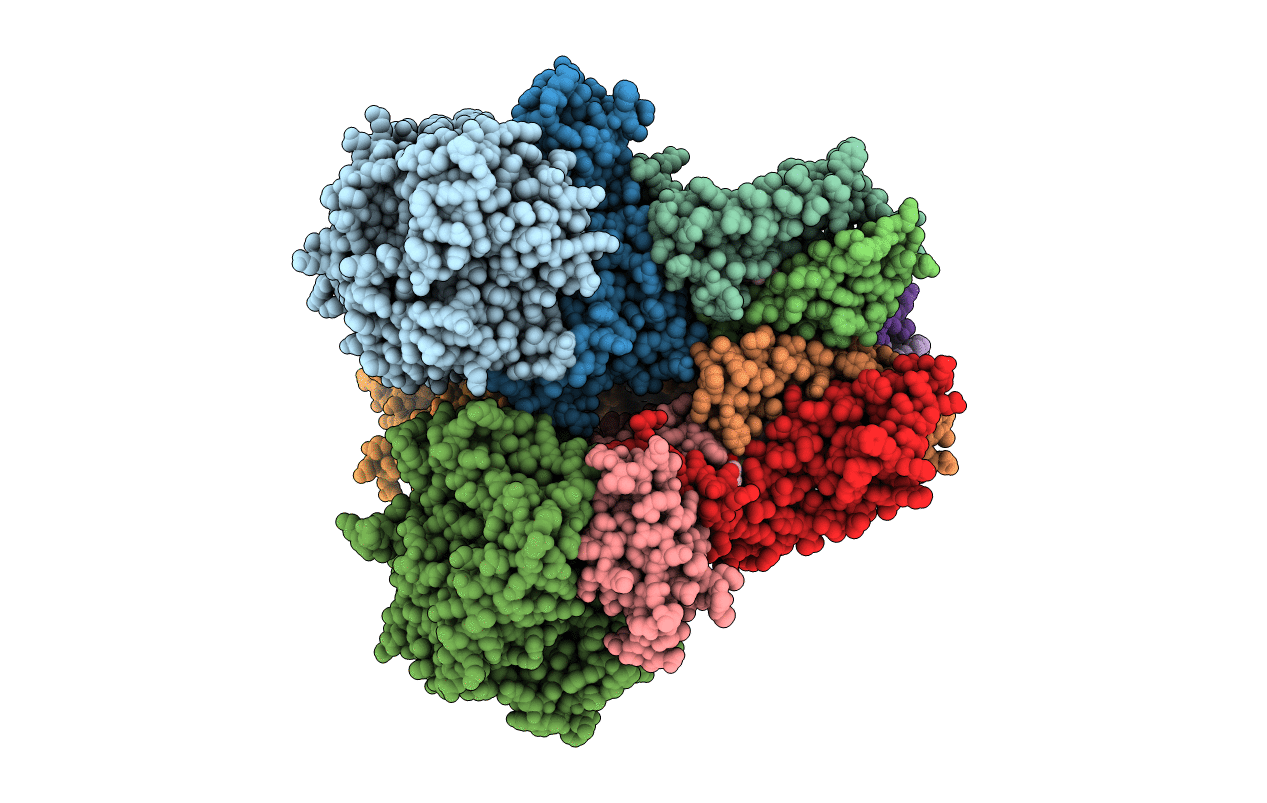
Deposition Date
2009-08-03
Release Date
2010-08-25
Last Version Date
2024-11-13
Entry Detail
PDB ID:
2WP9
Keywords:
Title:
Crystal structure of the E. coli succinate:quinone oxidoreductase (SQR) SdhB His207Thr mutant
Biological Source:
Source Organism:
ESCHERICHIA COLI (Taxon ID: 562)
Host Organism:
Method Details:
Experimental Method:
Resolution:
2.70 Å
R-Value Free:
0.22
R-Value Work:
0.19
R-Value Observed:
0.19
Space Group:
P 21 21 21


